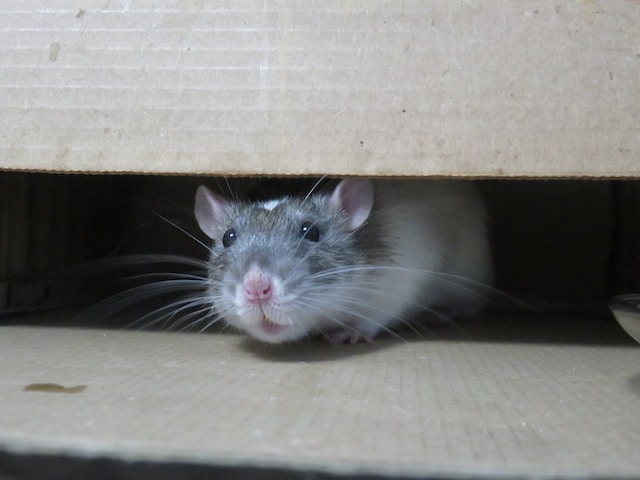It used to be a case of simply putting out some rat or mouse traps and being done with it, but as Bob Dylan once sang, times they are a changing. Technology is now quickly transforming rodent control to such an extent human interaction sometimes isn’t even needed. The future is here, and it’s bad news for rats and mice.
Changing Times
Humans have shared a complicated relationship with rodents for thousands of years. Since we decided to settle down and do away with our hunter-gatherer lifestyle, we have co-inhabited our villages, towns, and cities with mice and rats.
Rodent control has already changed dramatically over the last hundred years or so. Once we had little option but to co-exist with these furry friends, we now have a whole arsenal at our disposal when it’s time for action. Dalton Engineering carries a wide range of products you can use during the rodent battle, from lethal bait to traps and much more. However, this is just the start.
Data Collections and Analytics
Data collection gets a bad rap these days thanks to the slightly nefarious activities of companies online, but what if you could collect data on a rodent problem and then analyse the information to find the best method of dealing with it? Services like Pest Connect can now monitor an outbreak 24 hours a day, track movement and rodent activities, and deliver immediate solutions to targeted areas.
These systems may still be expensive to install and use, but they are slashing the time needed to deal with a significant problem by pinpointing exactly what type of rodents are around, in what quantity, and choosing the best method to tackle the outbreak.
Cutting-Edge Technology
Electric traps are becoming more common, delivering a lethal zap as soon as something comes within range, a far more humane way than we have been doing for years.
Drones are also coming into fashion to help in the battle against rodents. Drones equipped with sensors and cameras can detect large numbers of rats or mice on the ground and can even be used to administer targeted treatments from above. While we’re still some way off flying rodent killers appearing in residential circumstances, they can be a valuable option for large or agricultural areas.
Biological Control
Advances in biotechnology have resulted in a giant leap forward in biological control techniques. These methods bypass typical pesticides that can be incredibly toxic and focus instead on natural pathogens or predators that we can introduce to an environment to deal with a rodent outbreak.
We still need to do plenty of research within this field, but things are moving forward rapidly as we increasingly turn to non-toxic, environmentally friendly rodent control methods.
Final Thoughts
While we’re not yet at the stage of universal smart systems that can track rat and mouse movement and react immediately, we are certainly heading in that direction. New technology is completely changing how we tackle rodent problems, making the whole process more effective and efficient than ever before. We may never completely win the war, but the tide of the battle looks like it may be changing.



